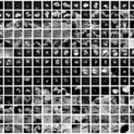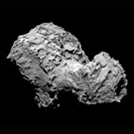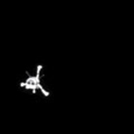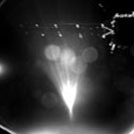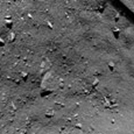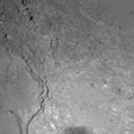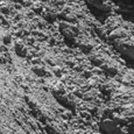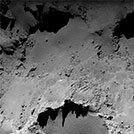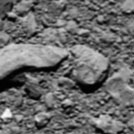See a new mosaic of images of comet 67P from the Rosetta mission
The Rosetta spacecraft and its lander, Philae, provided an unprecedented look at a space rock

ROSETTA REMINISCENCE Between July 2014 and September 2016, Rosetta stalked comet 67P/Churyumov–Gerasimenko. These 210 images recap the spacecraft’s encounter with the space rock.
Rosetta NavCam/ESA (CC BY-SA IGO 3.0), Rosetta MPS for OSIRIS Team MPS, UPD, LAM, IAA, SSO, INTA, UPM, DASP, IDA/ESA, Rosetta Philae CIVA/ESA, Rosetta Philae ROLIS, DLR/ESA
